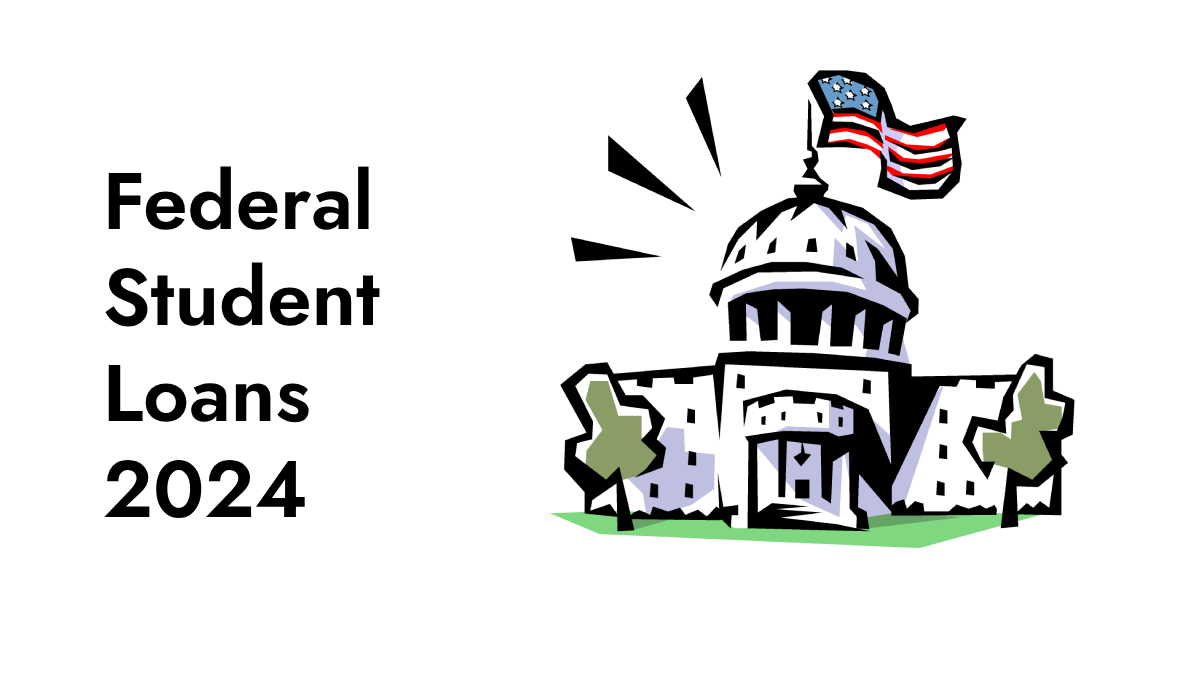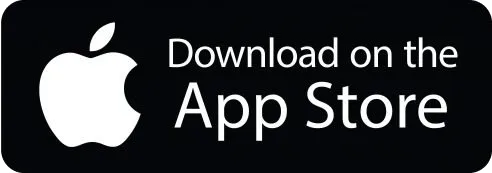Apply For Federal Student Loan
Many college students must get federal student loans to pay for school, and you will, too. The Federal Reserve says that as of 2021, 58% of adults under 30 who went to college had some debt from their schooling.
There are two kinds of student loans: government and private. To get one, you may have to go through more than one step. The Free Application for Federal Student Aid (FAFSA) is what you must do to get federal aid. People who want private loans must apply separately to each company they’re interested in working with.

- Est APR = 4.89-9.04%
- MIn Credit Score = 680
- No fees.
4
editorial team. We score based on factors
that are helpful for consumers, such as
how it affects credit scores, the rates and
fees charged, the customer experience,
and responsible lending practices.
How to Get Federal Student Loans?
Getting the FAFSA form done makes you eligible for more government aid than just student loans. If you really need money for school, you might be able to get government grants like the Pell Grant that will help pay for it all without having to be paid back.
If you need to borrow money, federal student loans usually have lower interest rates and more flexible ways to repay them than private loans. Use federal loans to borrow as much as you can before going to private loans. This is how you do it.
Related: Best Student Loan Lenders of 2024
Step 1. Learn about all the ways to get money
Ensure you know about other ways to get money for school besides student loans. One of these might work better for you.
Scholarships: Since scholarships are gifts, you don’t have to pay them back. Most scholarships are given out based on academic achievement rather than financial need. People can get grants from schools, private businesses, and non-profits; the FAFSA can help them decide who should get the money.
funds:
Grants: The federal government, states, colleges, and private groups can all grant. Right now, the federal government gives out four types of grants: Pell Grants, Federal Supplemental Educational Opportunity Grants, Service Grants for Iraq and Afghanistan, and Teacher Education Assistance for College and Higher Education (TEACH) Grants.
Work-study: You might be able to get government work-study if you fill out the FAFSA. With federal work-study, you can get a part-time job related to your studies and use the money you make to help pay for some of your school.
Getting any of these types of financial help, or a mix of all three, can lower your college costs and the amount of student loans you need.
Step 2: Complete the FAFSA
The FAFSA will be accessible beginning on October 1 for the upcoming academic year. This indicates that the FAFSA was made available on October 1, 2022, for the 2023–2024 academic year.
It is essential to file the FAFSA as early in the academic year as possible to ensure you receive all of the financial aid to which you are eligible. Students receive certain forms of aid, such as federal work-study, according to the order in which they apply. The FAFSA can be completed online.
You need to create a Federal Student loans (FSA) ID and password in order to finish the FAFSA. Additionally, you’ll need to have the following data on hand:
- Your Alien Registration number (for non-citizens) or Social Security number
- Your parents’ tax returns as well as your federal tax information from the prior tax year. This means that you will be supplying tax information for 2021 for the 2023–2024 academic year.
- Documentation of income that is not subject to taxes
- Balances in checking, savings, and cash accounts
- Details about investments outside of your residence
- List of educational institutions you are considering
You will receive a Student Aid Report (SAR), which is an overview of the data you gave, after submitting the FAFSA. Your Expected Family Contribution (EFC) will be shown in the upper right corner of the SAR. Your EFC is used by schools to determine how much financial aid you will receive based on how much your family can afford to spend on college expenses.
The federal FAFSA deadline for the 2023–2024 academic year is June 30, 2024, at 11:59 p.m. Central Time. However, states and colleges frequently have earlier deadlines. To find out when you must submit the FAFSA, check your state’s deadline and contact your institution’s financial aid office.
Step 3: Select the Federal student Loans Best for Your Situation
The federal government grants loans through the William D. Ford Federal Direct Loan Program. Many borrowers find federal loans a viable option because they don’t have minimum income restrictions, and most don’t require a credit check.

- Est APR = 4.89-9.04%
- MIn Credit Score = 680
- No fees.
4
editorial team. We score based on factors
that are helpful for consumers, such as
how it affects credit scores, the rates and
fees charged, the customer experience,
and responsible lending practices.


 Read More
Read More 





One Response